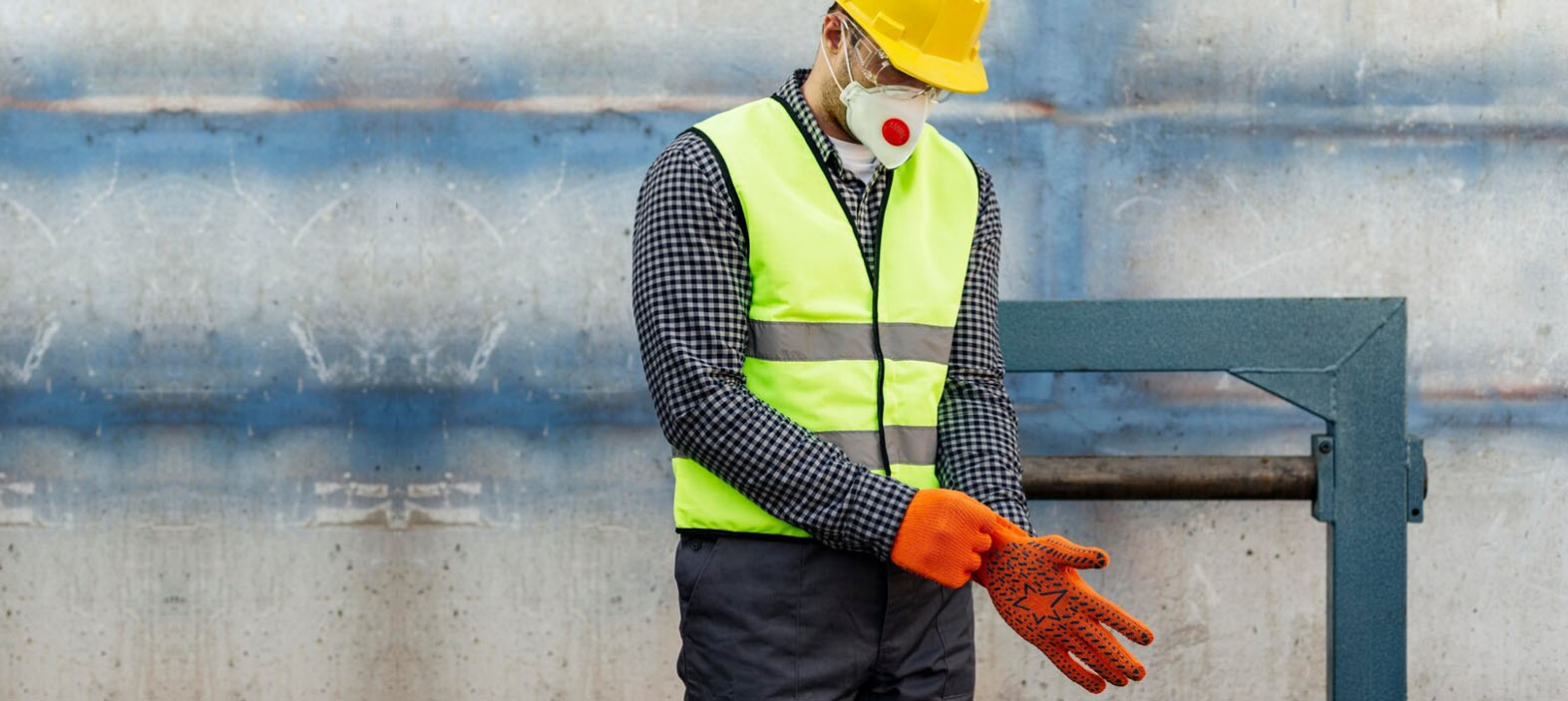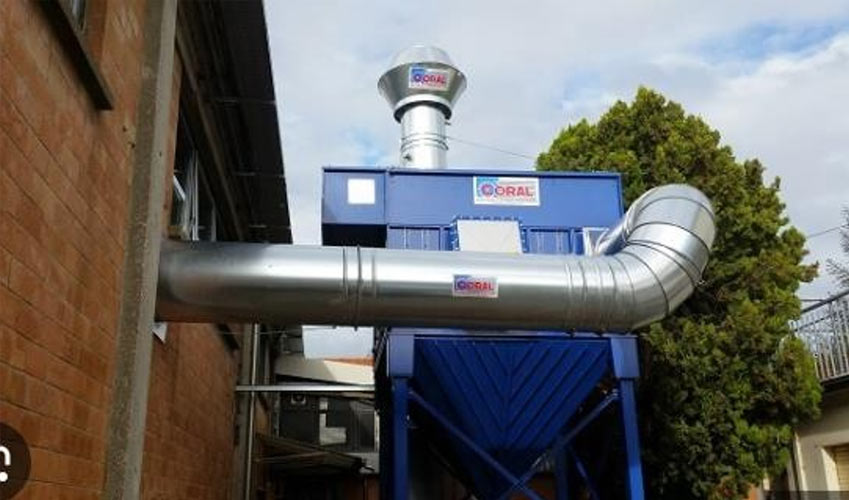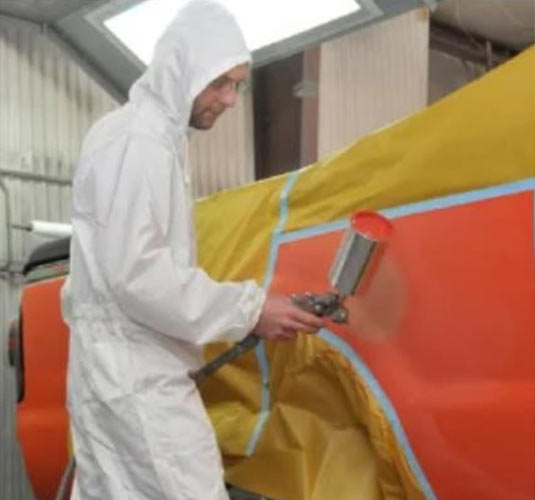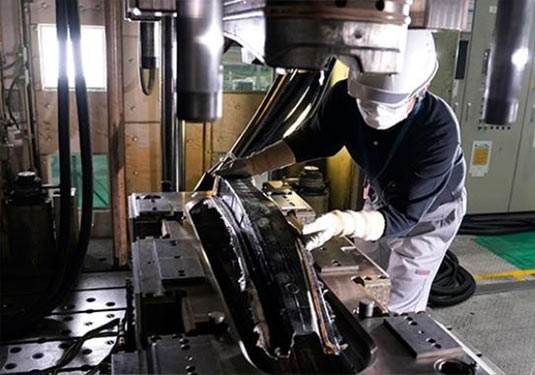
A Complete Guide to Carbon Fiber Safety 101
👁 Reads: 1921
Carbon Fiber, with a plethora of qualities ranging from exceptional strength-to-weight ratio to flexibility to versatility, revolutionizing quite a few industries. As the number of applications catering to Carbon Fiber has increased, it is imperative to bring awareness of prioritizing safety while working with this versatile material. Although Carbon Fiber in the form of its final products such as Carbon Fiber Sheets, Carbon Fiber Rods, and Carbon Fiber Tubes can be easily handled and adjusted in various ways, its processing poses potential health risks- for both professionals and DIY enthusiasts. This comprehensive guide provides an overview of safety tips to ensure the well- being of the manufacturer as well as success in the making of carbon fiber products, highlighting basic protective equipment, key measures, and essential practices of carbon fiber craftsmanship.
Securing Handling: Manual on Safe Handling of Carbon Fiber
While Carbon Fiber displays many great benefits that are quite surprising- such as Carbon Fiber Composites offering ten times the strength of steel while only weighing half of the same, the working of Carbon Fiber engineering demands acute attention during product development in broadly three key aspects: Handling of Carbon Fiber, protecting your body and its proper storage. The following delves into a deeper take on the precautions necessary:
Crafting Carbon Fiber: Basic Handling Precautions
- Ensuring Ventilation: It is essential to have good ventilation primarily to minimize exposure to airborne particles and fumes. This becomes paramount especially while sanding or cutting carbon fiber. If possible, it is generally recommended to use exhaust fans or open windows for proper air circulation.
- Dust Collection System: To corroborate the abovementioned system, a dust collection system can also be incorporated to effectively control airborne particles as the fragility of carbon fiber is highest during unpacking or processing of the material. Vacuum cleaners with HEPA (High-efficiency particulate air) filters or a dedicated dust collection system can be used to capture carbon fiber dust during cutting, sanding, or milling operations.

- Harmonizing wet methods: While cutting the carbon fiber in requisite shapes such as Carbon Fiber sheets, rods, or tubes, it is recommended to incorporate wet methods. Wet methods involve the use of water or a coolant to suppress the dust and hence reduce dust production from becoming airborne. The advantage of this is twofold as it also assists in controlling the inhalation risk associated with carbon fiber dust often leading to respiratory problems.
Personal Armor: Protecting The Body
- Personal Protective Equipment:It is extremely important for the persons working in the first line of defense to be wearing appropriate personal protective equipment. This includes-
- A respirator(with HEPA filter) to protect the respiratory system as carbon fiber dust is injurious.
- Disposable gloves to prevent direct skin contact with resin and fibers. Generally, nitrile gloves are considered to be a good choice.
- Eye protection gear, such as safety glasses or goggles is a part of the attire to shield the eye from dust, fibers, and chemical splashes.
- Long-sleeved clothing is also a standard practice to minimize skin exposure and help prevent contact with resin and fibers. If any direct contact is made with the skin, it is crucial to wash the affected area immediately with soap and water.

Decoding Proper Storage
- Like any other composite material, Carbon Fiber composites as their final products need to be stored properly for durability purposes. The composite should be stored wherein mild temperatures are maintained and direct sunlight or wet environments or moisture is avoided. This is to ensure that heating up of the material is avoided up to the point of deterioration.
- Compliance with Material Safety Data Sheet (MSDS): The manufacturing facility must have an MSDS that lays down essential information about potential hazards, safe handling procedures, and emergency measures.

Needless to say, prioritizing safety for the manufacturing of any product is of paramount importance. Apart from the abovementioned tips, it is also important to carry out training and education of the persons involved in working with carbon fiber and have due training in emergency preparedness. Accident prevention, providing medical attention promptly, first aid kits, and emergency exits- are basic parameters to be incorporated in any manufacturing facility.
This becomes even more important in the case of carbon fiber and is frequently ignored due to the nature of the unique challenges posed by carbon fiber! Carbon fiber is often said to be a material combining the grace of a ballet dancer with the strength of a heavyweight champion- offering unparalleled strength, flexibility, and durability. To harness the delicate balance of innovation and safety, a thorough understanding is demanded- navigating the intricacies of working with carbon fiber while blending artistry and science.





